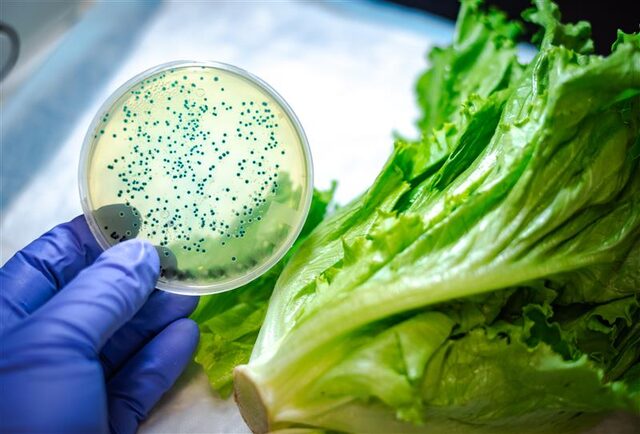In the past few years, an increase in Listeria and E. coli outbreaks have occurred due to consumption of various contaminated foods, such as deli meat, frozen waffles, lettuce and carrots. Listeria and E. coli infections are primarily transmitted through contaminated food, with food processing environments frequently identified as the origin of these pathogens.
While Listeria (listeriosis) and E. coli infections can affect healthy individuals, they pose the greatest risk to children under four weeks old, pregnant women, elderly populations and immunocompromised individuals. Although these pathogens disproportionately affect vulnerable populations, their broader public health impact remains a challenge and is reflected in outbreak frequency and mortality patterns.
In 2024, CDC surveillance data revealed that among 1,355 foodborne disease outbreaks, Salmonella accounted for 74.5% (1,010 cases), followed by E. coli (20.7%, 281 cases) and Listeria (4.7%, 64 cases). Although listeriosis incidence rates are lower than those of other foodborne illnesses, it presents a high mortality rate, ranging from 13% to 30% of cases, mainly due to the development of serious infections such as encephalitis and meningitis, establishing listeriosis as one of the main foodborne pathogens causing death in the United States. Despite E. coli‘s relatively lower mortality rate of up to 9.6% in severe manifestations such as bloodstream infections, its epidemiological burden remains significant.
According to the CDC, on average, 1,600 listeriosis cases and 260 deaths, with an average hospitalization rate of 94%, occur each year in the United States. In addition, the CDC reported an average of 97,000 illnesses, 3,270 hospitalizations and 30 deaths due to the E. coli O157 strain each year.
While mortality rates underscore Listeria’s clinical severity, treatment efficacy hinges on antibiotic susceptibility, an area where Listeria and E. coli diverge. Although occasional increases in Listeria population sizes can lead to antibiotic resistance, Listeria has maintained a high susceptibility rate to antibiotics used to treat infections. In contrast, antibiotic resistance is more common in E. coli than Listeria infections. This higher resistance in E. coli is attributed to the use of antimicrobial agents in food production and the active genetic exchanges among bacteria in natural environments.
Next Steps: Conduct Critical Risk Assessments and Industrial Hygiene Evaluations with TRC
TRC’s tested practitioners in Strategic Health Sciences specialize in food contamination prevention and management, offering science-based risk assessment consulting to help companies determine the necessity of food recalls and implement proactive strategies to mitigate contamination risks. Our recent work includes risk assessments on several cases of potential food contamination caused by allergens, metals, industrial fires, and the derailment of trains carrying food/beverage products.
In the United States, regulations such as 9 CFR 430.4(a) are intended to prevent contamination during food production. Large foodborne outbreaks have become less common since the early 2000s, which is attributed to improved quality control measures in the food industry and improved medical diagnoses. Despite this, foodborne outbreaks and food recalls still occur and are related to contamination during the production process or other events.
Reducing Listeria, E. coli and other outbreaks in the future requires a risk assessment of contaminated foods and the evaluation of food production processes. Scientists at TRC have over 55 years of experience conducting risk assessments and industrial hygiene evaluations, including on contaminated spices, beverages and various foods and food packaging products. Our team advises on food production process changes, labeling, risk and severity of adverse effects, plausible doses, recalls and more.
Litigation cases related to Listeria and E. coli outbreaks have increased in the past several months. Our organization has testified in over 700 depositions and 60 trials for industry where we presented our risk analyses. In the cases for which we were retained, we applied exposure science and the health risk assessment methodology embraced by the National Academies of Science to characterize the possible risks. Over the years, we have conducted more than 1,000 risk assessments.
Please contact Michael Stevens for more information regarding our capabilities at MEStevens@trccompanies.com.






